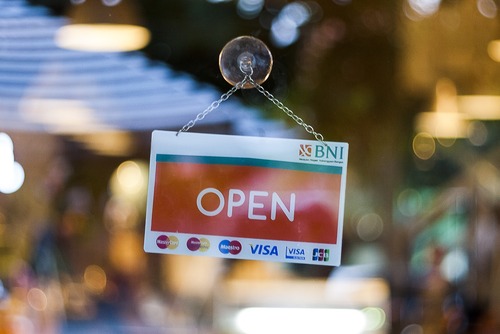L’économie moins affectée par le deuxième confinement
En 2020, le PIB a plongé de 8,3 %, un choc considérable qui aura sans conteste des répercussions durables sur le chômage, les revenus et l’emploi. Le quatrième trimestre 2020, marqué par un deuxième confinement, a entraîné un ralentissement de l’activité économique, dans une moindre mesure toutefois que le confinement plus strict du printemps.
Au mois de novembre 2020, l’activité économique était ainsi en baisse de 8 % par rapport au niveau d’avant crise, et de 4 % en décembre. Les prévisions étaient pourtant plus pessimistes, les économistes ayant envisagé une chute de 12 % en novembre et de 8 % en décembre. Cet impact contenu s’explique notamment par une chute moins importante de l’activité dans le secteur des services.
Les entreprises ont tiré un certain nombre de leçons du confinement du printemps, et ont appris à s’adapter, ce qui a permis au PIB de se stabiliser fin 2020 à un niveau inférieur de 5 % à son niveau d’avant-crise, alors que les estimations prévoyaient une chute de 8 %.
Dans ce contexte, les économistes n’estiment pas « inatteignable » l’objectif que s’est fixé le ministre de l’Économie et des Finances Bruno Le Maire, qui espère une croissance du PIB de 6 % en 2021. Tout dépendra cependant de l’évolution du contexte sanitaire et des restrictions d’activité dans les semaines et les mois à venir.
Une évolution incertaine, liée au contexte sanitaire
Alors que l’ombre d’un nouveau confinement plane depuis le début de l’année et que le couvre-feu à 18 h a été assorti de restrictions supplémentaires (déplacements limités hors du territoire, fermeture des magasins non alimentaires au sein des centres commerciaux de plus de 20 000 m2), l’activité économique de la France en 2021 reste conditionnée à l’évolution de l’épidémie de Covid-19.
L’Insee a élaboré plusieurs scénarios, allant d’un maintien des restrictions sanitaires actuelles à un durcissement qui se traduirait par un nouveau confinement.
En cas de stabilisation de l’épidémie et d’un maintien jusqu’à la fin du 1er trimestre 2021 des restrictions en vigueur, l’activité pourrait poursuivre sa reprise sur un rythme lent, en grande partie grâce au secteur industriel. Les services seraient en revanche toujours fortement impactés en raison notamment de la mise à l’arrêt du secteur de l’hôtellerie-restauration. Dans ce scénario, le PIB pourrait progresser de 1,5 % au 1er trimestre.
En revanche, un nouveau confinement entraînerait de nouveau un arrêt de la reprise, voire une baisse de l’activité économique. Ainsi, si ce confinement était mis en place selon les mêmes modalités qu’en novembre, il stopperait la croissance du PIB s’il venait à durer un mois, et entraînerait une baisse de 1 % du PIB sur le trimestre s’il devait durer 7 semaines.
